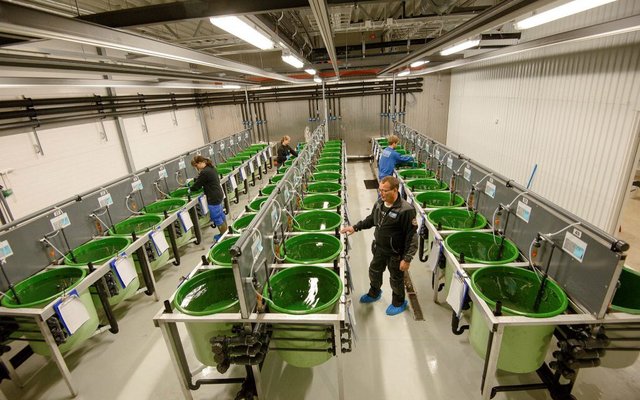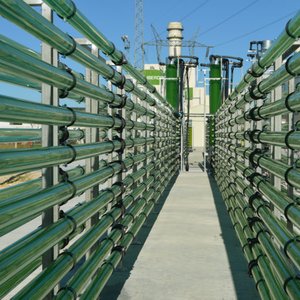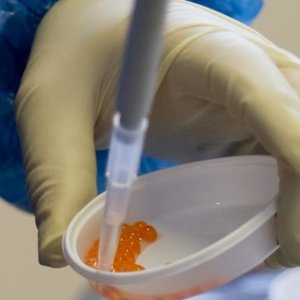Cod is important for the population along the Norwegian coast and having access to a stable supply of cod has always been a dream. Therefore, the Norwegian authorities decided to establish a national breeding program for cod in 2002. The aim was to breed farmed cod that have better growth characteristics than wild cod and that possess higher resistance to fish diseases. Since their start in 2003, Nofima has been working on this national breeding program for cod with their headquarters based at Kraknes just outside Tromsø.
The first year consisted mostly of practical work. “Several of the articles on topics such as egg quality, broodstock nutrition and the development of first-feed have been written in collaboration with industry partners,” says Øyvind Hansen, researcher at Nofima. The researchers have improved disease management, reduced deformities and mortality rate after moving fish to the sea up to 16 percent, which is better compared to farmed salmon.
Today, Nofima grows the fifth generation of farmed cod. Ultrasound technique is used to broodstock sex determination and has become a standard technique. This technique allows cod sex determination without it having to be killed.
Nofima is able to deliver eggs from selected broodstock. When the fry is around 1 to 2 grams, it can be fed in growth facilities. After 21 months in the sea, farmed cods are around three kilos and are ready to be slaughtered.
The improvements that have been made over these 15 years, both in breeding and production, allow cod farmers to have a better starting point regarding their production than they had before. It provides increased production predictability and increased opportunities to achieve profitability within marine-based farming.













